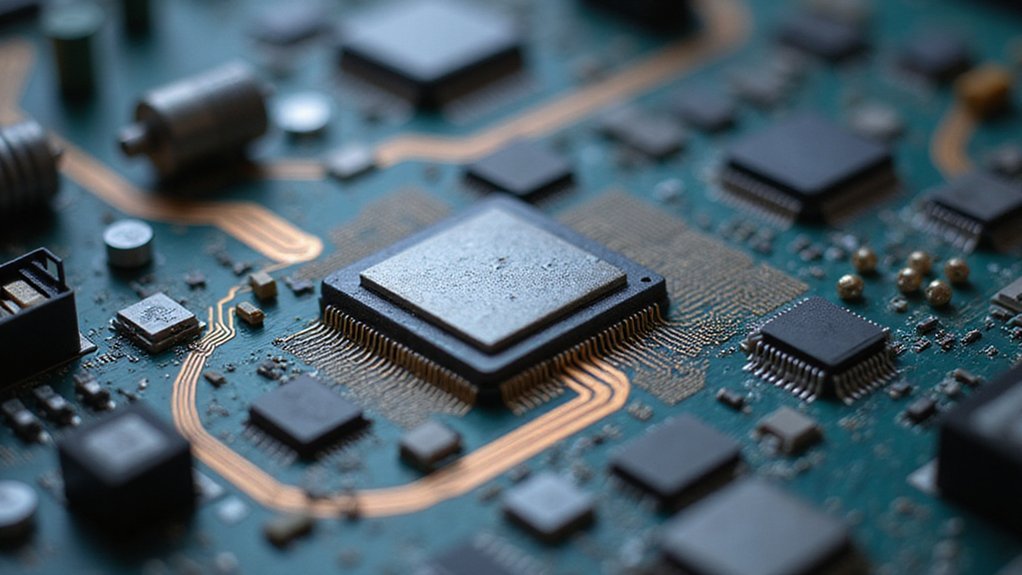Revolution—or perhaps merely evolution disguised as disruption—arrives in the form of Block’s announcement to launch proprietary Bitcoin mining chips in the second half of 2025, a move that promises to reshape the semiconductor landscape underpinning cryptocurrency’s most energy-intensive process. Jack Dorsey’s vision of Bitcoin as the “internet’s open protocol for money” now extends beyond philosophical musings into silicon reality, targeting enhanced efficiency and network decentralization through American-made hardware.
The technical specifications reveal Block’s ambitious gambit: cutting-edge 3-nanometer fabrication processes designed to deliver improved power efficiency and higher hash rates compared to legacy nodes. This represents a direct challenge to established Asian manufacturers like Bitmain, whose dominance has long defined mining economics. The smaller transistor architecture promises reduced energy consumption per terahash while minimizing heat output—crucial factors when electricity costs determine profitability margins in an industry where operational efficiency translates directly to survival.
Current market leaders present formidable competition. Bitmain’s Antminer S21e XP Hyd 3U delivers 860 TH/s at 11,180W for $17,210, while the more accessible Bitdeer SealMiner A2 Pro Hyd offers 500 TH/s at 7,450W for $3,958. These specifications establish the performance benchmarks Block must exceed to justify market disruption claims. Bitmain’s flagship Antminer S21 XP Hydro currently leads with 473 TH/s while consuming 5676 watts, demonstrating the efficiency standards that new entrants must surpass.
Block must deliver superior performance metrics than established leaders to validate their market disruption promises—mathematical reality trumps ambitious rhetoric.
The timing proves particularly intriguing given Bitcoin’s post-2024 halving landscape, where mining rewards dropped to 3.125 BTC per block. Enhanced chip efficiency becomes paramount when profitability hinges on electricity costs, network difficulty, and hardware performance. Block’s initiative could theoretically lower operational barriers, enabling wider miner participation—assuming their chips deliver promised efficiency gains without premium pricing that negates accessibility benefits. The SHA-256 hashing algorithms that secure each block present computational challenges that require increasingly sophisticated hardware solutions.
Beyond technical considerations lies the broader strategic implication: American semiconductor manufacturing asserting presence in a Chinese-dominated market. Whether Block’s chips represent genuine innovation or expensive nationalism disguised as technological advancement remains to be demonstrated.
The company’s emphasis on decentralization sounds admirable until one considers that manufacturing concentration merely shifts geographic locations rather than eliminating it entirely.
Success will ultimately depend on delivering superior performance-per-dollar metrics in an industry where romantic ideals about decentralization must yield to harsh mathematical realities of mining profitability.




